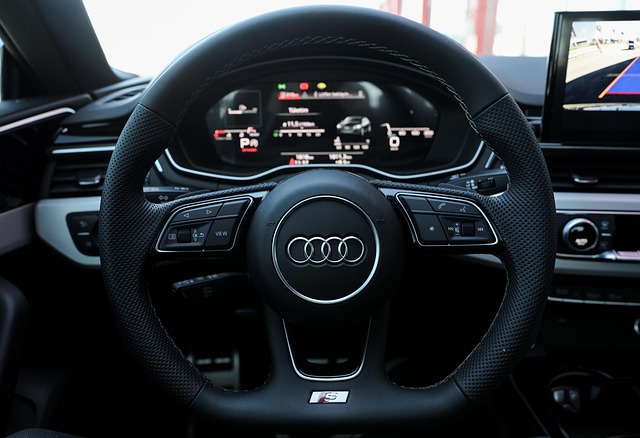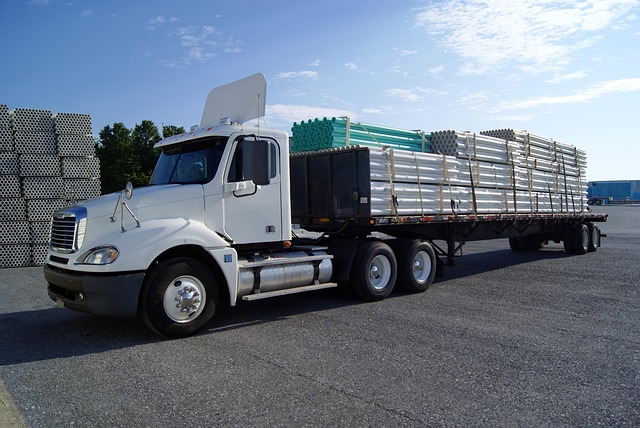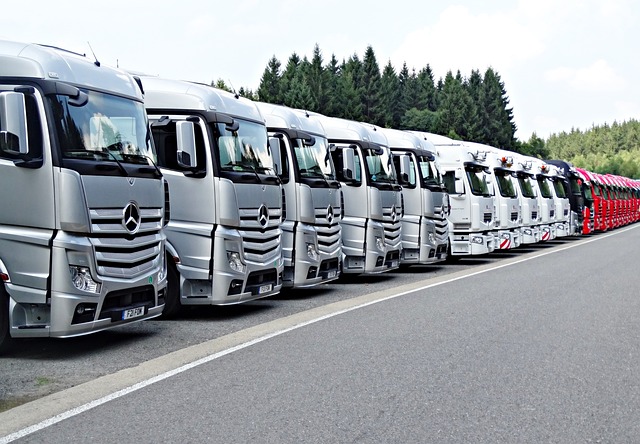Learn how to navigate the process of registering your car in California with our step-by-step guide. Understanding the state’s requirements for vehicle registration is essential, including gathering vital documents for a successful VIN (Vehicle Identification Number) verification. Discover the convenience of performing a VIN check online or at a DMV office. Then, follow the straightforward steps to complete the registration, pay fees, and obtain your personalized license plate.
- Understand California Car Registration Requirements
- Gather Necessary Documents for VIN Verification
- Perform Vehicle Identification Number (VIN) Check
- Complete Online Registration or Visit DMV Office
- Pay Registration Fees and Receive Your Plate
Understand California Car Registration Requirements

Before registering your car in California, it’s crucial to understand the state’s specific requirements for vehicle identification number (VIN) verification. The process involves ensuring that the VIN on your car matches the one listed on the registration documents and title. This is done to combat fraud and ensure the security of California’s vehicle registry. A key step in this process is accurate and timely VIN verification, which can be facilitated by a mobile vin verifier or inspection service.
These mobile services provide convenient alternatives to traditional VIN checks by offering on-site or remote inspections using advanced technology. They’re particularly useful for individuals who may have purchased a used car from a private seller or dealer outside of California, as they ensure that the vehicle’s history is accurately represented and all necessary documents are in order before final registration.
Gather Necessary Documents for VIN Verification

To initiate the car registration process in California, the first step is to gather all the essential documents for a successful vin verification. This includes your vehicle’s registration certificate from the previous state (if applicable), proof of insurance, and a valid driver’s license. Additionally, you’ll need the vehicle identification number (VIN) from your car, which can typically be found on the driver’s side of the dashboard or in the doors.
For a smoother vin inspection process, consider having digital copies of these documents readily available. If you’ve recently purchased a used car, ensure that the seller provides all necessary paperwork, including the vehicle’s title and any maintenance records. Some California locations also offer the option of conducting a mobile vin verification, which can save time and effort by allowing an inspector to come to your location.
Perform Vehicle Identification Number (VIN) Check

Before proceeding with the registration process, it’s crucial to perform a Vehicle Identification Number (VIN) check. This step is essential for ensuring that your vehicle’s history is clear and free from any discrepancies. A VIN verification involves using a unique 17-character code embedded in every vehicle’s chassis to access detailed information about its past ownership, accident history, and maintenance records.
Consider utilizing a mobile vin verifier or conducting a vin inspection for added convenience and accuracy. These services allow you to complete the VIN verification process swiftly from the comfort of your location. By ensuring that your car has passed this critical step, you’ll be well on your way to successfully registering it in California, making it a smooth and efficient experience overall.
Complete Online Registration or Visit DMV Office

You have two options for registering your car in California: complete the process online or visit a DMV office in person. Both methods require accurate information and essential documents, such as proof of identification, ownership, and vehicle insurance. If choosing to go digital, you’ll first need to perform a VIN verification, which ensures the vehicle’s history aligns with the provided details. This step is crucial for verifying the car’s authenticity and establishing your claim as the legal owner.
For a more convenient approach, consider utilizing mobile VIN verification services that allow you to complete the initial steps from the comfort of your home or even while at the DMV. These services streamline the process by enabling a professional to inspect and validate the vehicle’s information remotely, saving you time and potential trips back and forth.
Pay Registration Fees and Receive Your Plate

After completing your vehicle’s registration application, it’s time to pay the required fees. These include a base fee and a vehicle license fee that varies based on your car’s emissions level. You can typically pay online or at a DMV office. Once your payment is processed, you’ll receive your California license plate. This plate will be assigned based on availability and might differ from the one you selected during registration. Remember, a crucial step before taking your vehicle for a spin is to undergo a vin verification process to ensure everything is in order.
Consider using a mobile vin verifier or scheduling a mobile vin inspection to save time and effort, especially if you’re busy or have multiple vehicles to register. This quick and convenient service allows you to get your vehicle’s history report and necessary documents without visiting a DMV branch.
Registering a car in California is a straightforward process that involves understanding key requirements, gathering essential documents for VIN verification, completing an online registration or visiting a DMV office, and paying necessary fees. By diligently navigating these steps, you’ll not only comply with state regulations but also ensure a smooth and efficient car registration experience. Remember to always perform a VIN check as part of the process to guarantee the vehicle’s authenticity.



